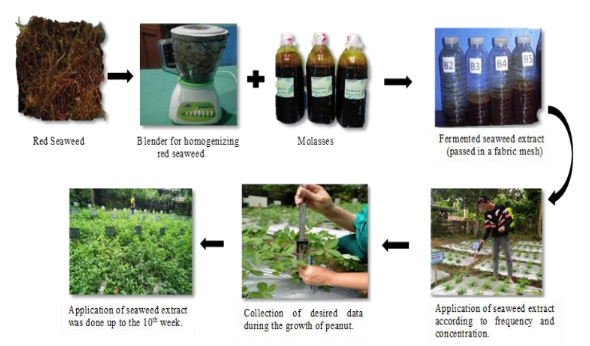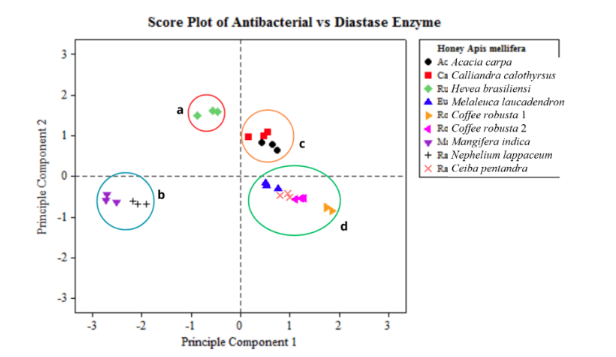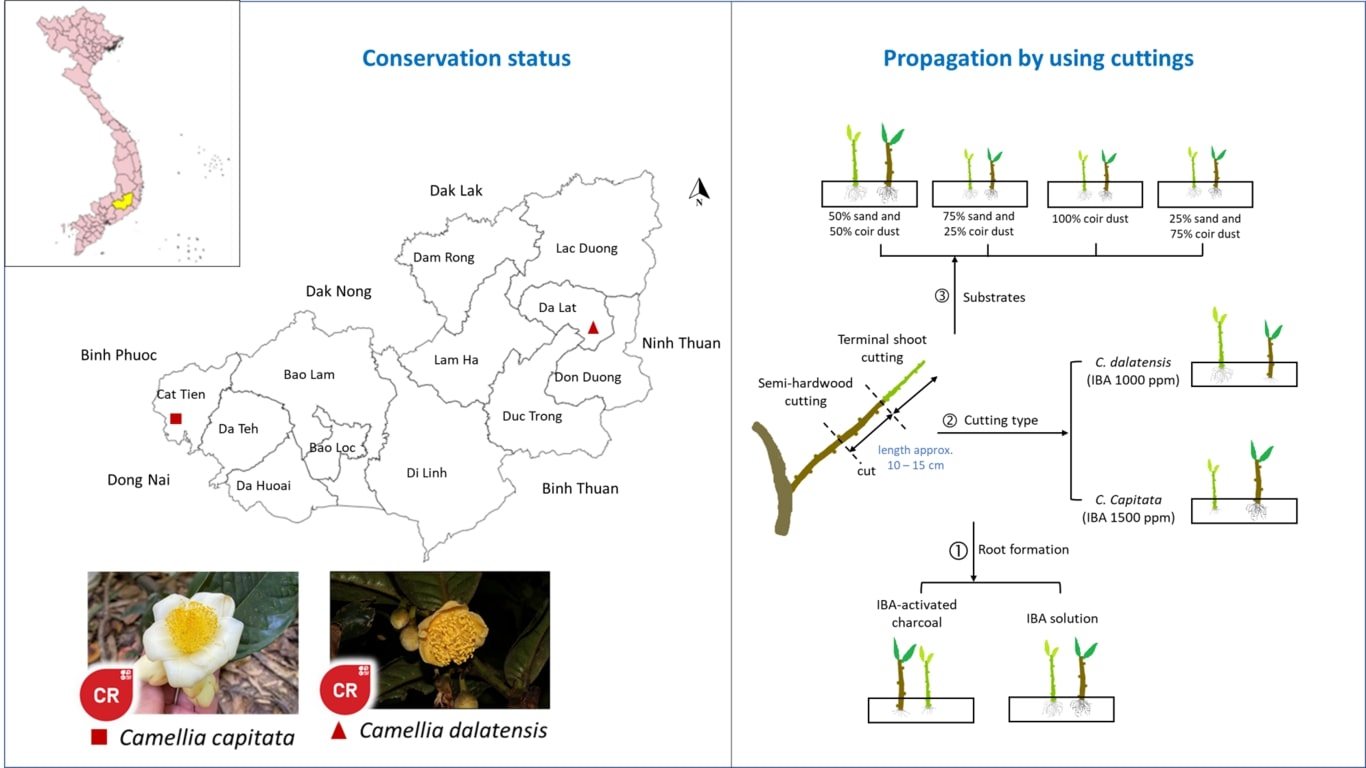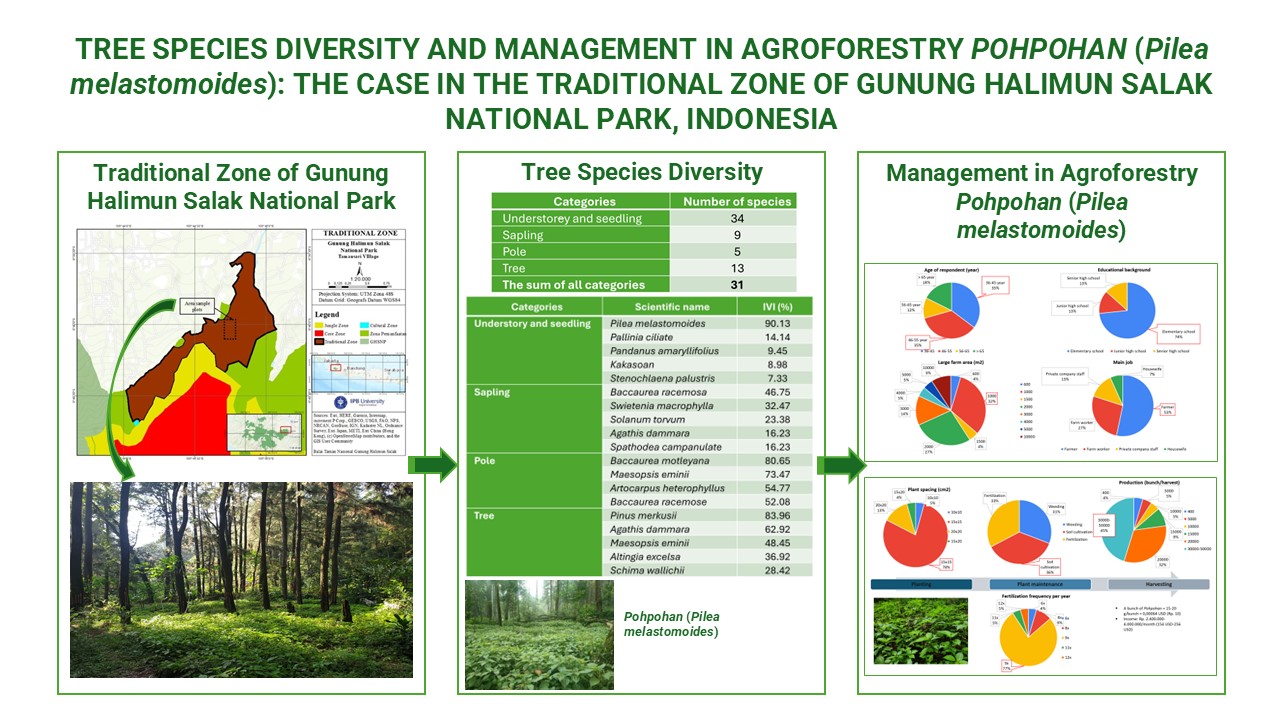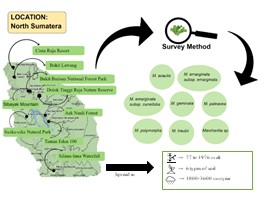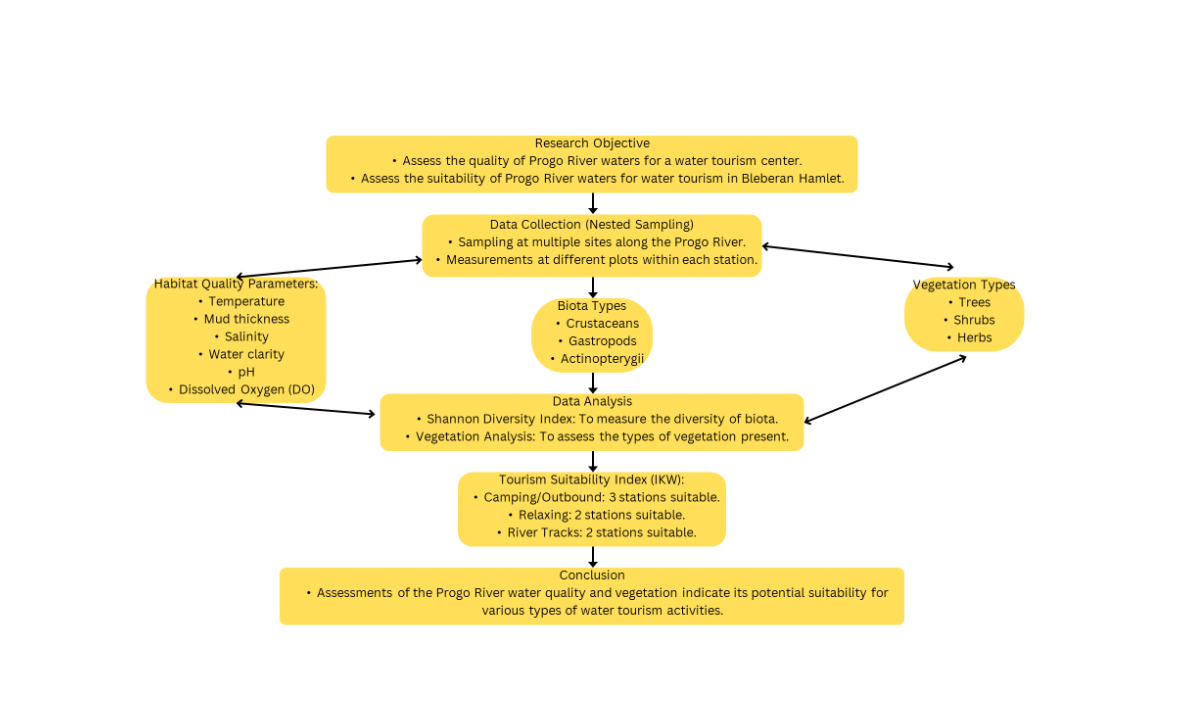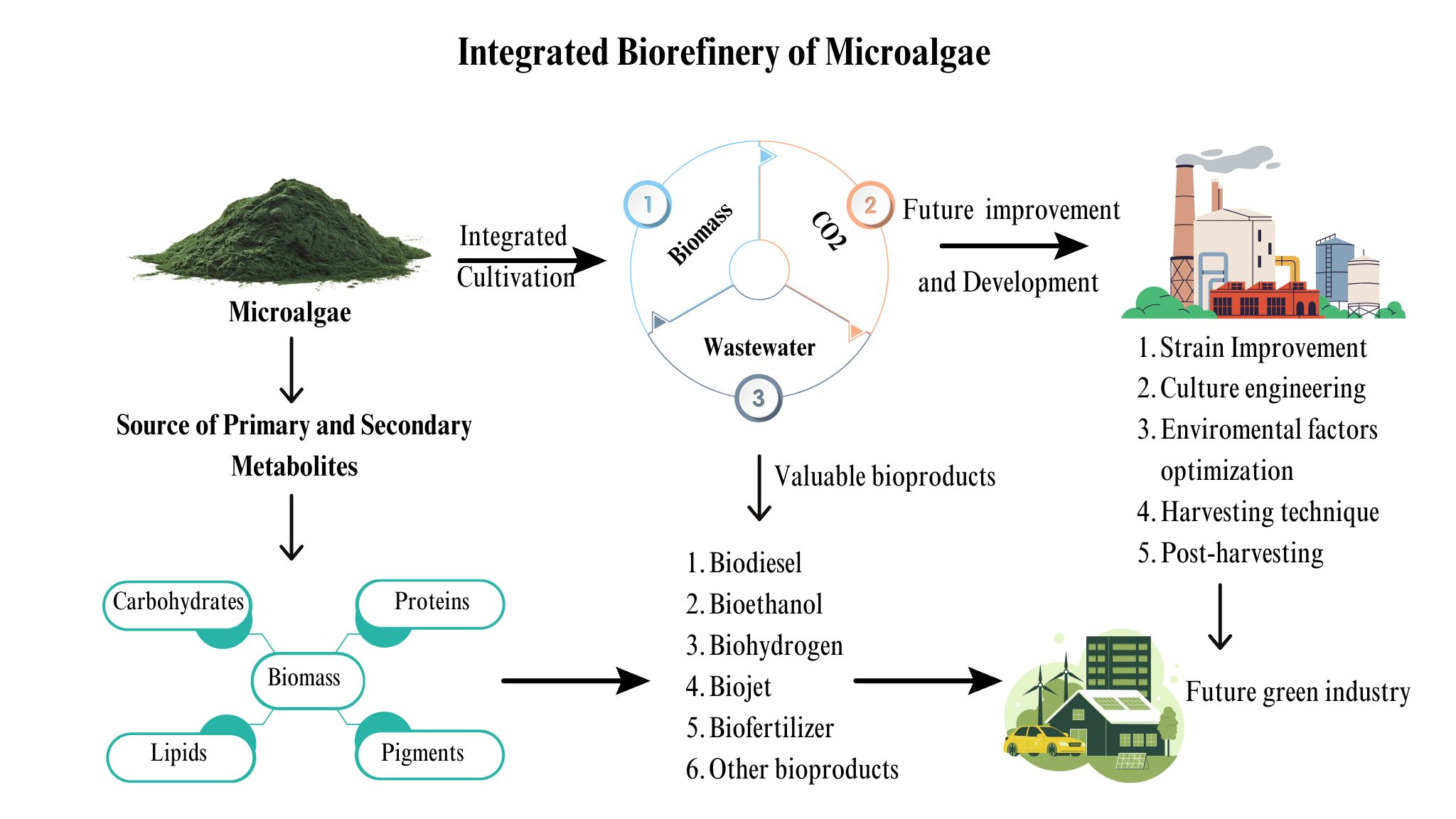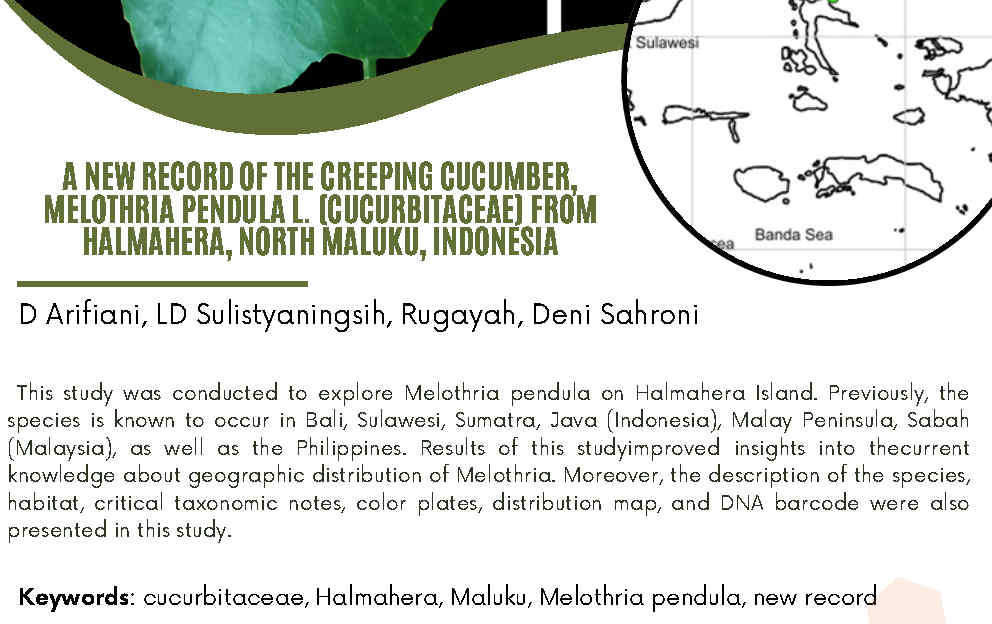COMPARATIVE ANALYSIS OF PROBING AND CONTRAST RADIOGRAPHY FOR GENDER DETERMINATION IN RETICULATED PYTHONS (Malayopython reticulatus)
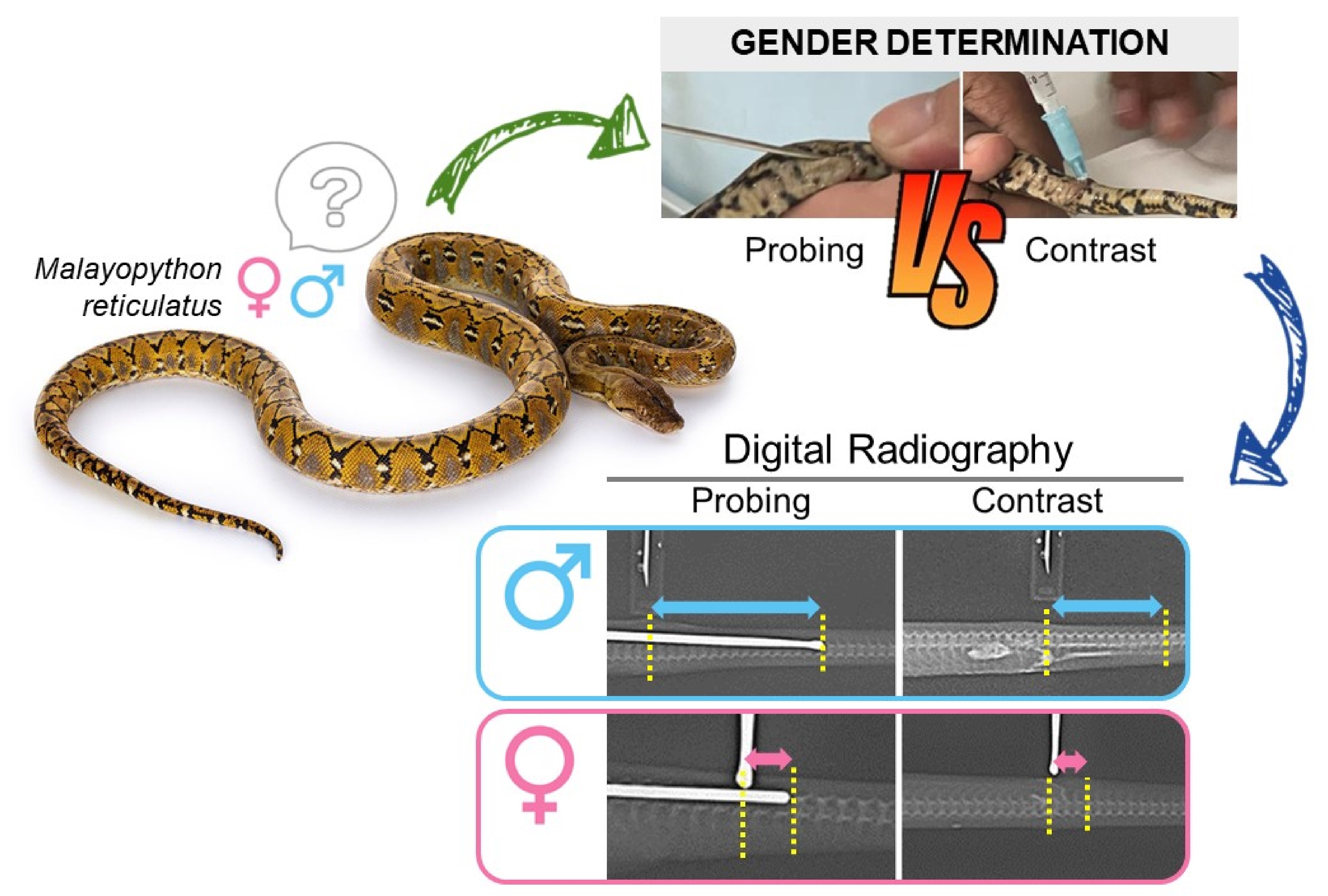
Article Highlights
- Accurate gender identification supports effective breeding programs and ensures snakes' welfare.
- This study emphasizes that probing is more reliable and efficient than contrast radiography for gender determination in reticulated pythons.
- The probing method proved to have 100% accuracy in determining the gender of reticulated pythons, outperforming contrast radiography, which only achieved 75% accuracy.
Abstract
Reticulated pythons, like most snakes, do not exhibit noticeable sexual differences, which makes gender determination necessary. Probing and contrast radiography were chosen as methods to determine sex and to compare their accuracy. Six reticulated pythons with body lengths of 128-167 cm, tail lengths of 5.4-9.6 cm, and body diameters of 1.4-3.4 cm were examined twice by probing and contrast radiography. The results showed that probing had 100% accuracy, with probe lengths ranging from 1.37-3.60 cm for male snakes and 0.3-0.76 cm for female snakes. Contrast radiography had 75% accuracy, with the hemipenis appearing as a white silhouette and female snakes appearing colorless. The accuracy rates highlight the effectiveness of probing over contrast radiography for reliable gender determination in reticulated pythons
Downloads
INTRODUCTION
Determining the gender of snake is vital for captive snake owners and breeders. Accurate gender determination is crucial to avoid unintended breeding and effective management of snake populations. Some owners may decide to rear several snakes in the same terrarium and wish to avoid breeding activities. Various methods are used to determine gender of snake, such as molecular techniques and morphological characteristics. Previous studies reported molecular techniques, such as quantitative PCR(Rovatsos et al., 2015).(, 2017)presented a novel molecular method of using gametologous genes for gender identification in caenophidian snake. However, a comprehensive comparison of probing and contrast radiography methods specifically for reticulated pythons has not been extensively documented. Knowledge of snake gender can also help in diagnosing diseases affecting reproductive organs(Gnudi et al., 2009). Differentiating between male and female snakes is challenging due to the relatively simple morphology, signifying the importance of gender determination(Bonnet et al., 1998).
The most common method used for snake gender determination is manual probing, which is conducted specifically to identify hemipenes(Vincent et al., 2006). This can be achieved by inserting a smooth, blunt, and thin probe into the cloaca to deviate caudally. In male snake, the probe passes through the hemipenes and reaches more deeply into the tail compared to that in female snake(Stahl, 2002). The depth of the male hemipenis and the female homologue varied between species. An alternative to the probing method is popping which is more traumatic, suitable for small snakes, and not recommended for larger snakes. Popping includes the eversion of the hemipenes outside the cloaca by rolling a finger from the tip of the tail toward the vent(Divers & Mader, 2005). Ultrasonography and contrast radiography are methods used to determine gender and evaluate breeding problems. Contrast radiography was performed by inserting a radiopaque medium into the cloaca to fill cavities, such as inverted hemipenes(Vetere et al., 2022). Ultrasound was conducted using a 3-9 MHz transcutaneous convex probe and underwater scans for gender determination have also been conducted(Mathew et al., 2015).
In regard to reproduction, snakes are either oviparous (egg-laying) or viviparous (giving birth). Examples of viviparous snakes with a placenta, include boa constrictors and green anacondas. In contrast, most vipers do not have placental connections and lay eggs that hatch before parturition (previously defined as ovoviviparous).
Pythons are common snakes kept as pets among reptile keepers and all the species are oviparous ((Booth & Schuett, 2016);(Raharjo et al., 2008)). Malayopython reticulatus, formerly known as Python reticulatus, is the longest nonvenomous snake in South and Southeast Asia, reaching a length of up to 10 m(Somaweera, 2017). It is also a native to Indonesia, where many captive breeding programs are being held nationwide. Malayopython reticulatus is still being heavily exploited because of the high demand for its skin for fashion commodities or captured alive to be sold as a pet ((Murray-Dickson et al., 2017)).
As reticulated pythons are being heavily exploited, the development of local breeders and breeding programs establishment are essential. An important aspect of a snake breeding program is an accurate gender determination. Efficient and minimally stressful gender determination methods is needed for breeders to achieve the highest success rate. Improper methods can not only slow down the breeding program rate, but also raise welfare concerns for many animals. This study aimed to compare probing and contrast radiography methods, for gender determination of reticulated pythons in terms of efficiency and accuracy.
MATERIALS AND METHODS
Materials and Tools
Materials
Reticulated pythons used in this study were selected based on availability and the willingness of owners to participate. These pythons varied in body length from 1.2 m to 1.7 m, representing a diverse range of sizes to ensure the applicability of the methods across different snake dimensions. The animals used were prepared without knowing their gender. Each snake was first subjected to manual probing, followed by contrast radiography to determine the gender. This procedure was conducted 2 times at an interval of 7 days to allow sufficient time for the contrast agent to clear from the lumens of the reproductive organs (cloaca and hemipenes). The interval was calculated from day 1 (the day of the first procedure) to day 7 (the day of the second procedure). Supporting materials used were Iopamidol (Iopamiro 300 mg/mL), KY jelly lubricant, and 70% alcohol.
Tools
Tools used in this study were a 0.07-inch diameter snake probe, digital X-ray machine, 24 G polyethylene catheter, cloth, and snake hook. This experiment was designed not to harm the experimental snakes and followed the established protocol for handling and care. All procedures were approved by the Animal Ethics Committee of the School of Veterinary Medicine and Biomedical Sciences of IPB University.
Procedures
Manual Probing
Snake was handled manually and restrained without sedation or anesthesia. During data collection, a single probe was used to handle one snake. The probe was lubed with KY jelly lubricant, placed within the vent, and directed laterally and caudally. Furthermore, the probe was gently advanced into the base of the tail toward the tip. Rotating the probe while gently advancing helps minimize trauma and allows the instrument to pass deeply into the hemipenis or shallowly into the female blind diverticulum. Both the right and left hemipenes and diverticulae were probed. Subsequently, a radiograph of the tail region was obtained,
Banzato T, Hellebuyck T, Caelenberg AV, Saunders JH, Zotti A. 2013. A review of diagnostic imaging of snakes and lizards. Veterinary Record. 173(2): 43-49. DOI: https://doi.org/10.1136/vr.101450
Bonnet X, Shine R, Naulleau G, Vacher-Vallas M. 1998. Sexual dimorphism in snakes: different reproductive roles favour different body plans. Proceedings of the Royal Society of London. Series B: Biological Sciences. 265(1392): 179-183. DOI: https://doi.org/10.1098/rspb.1998.0280
Booth W, Schuett GW. 2016. The emerging phylogenetic pattern of parthenogenesis in snakes. Biological Journal of the Linnean Society. 118(2): 172–186. doi:10.1111/bij.12744. DOI: https://doi.org/10.1111/bij.12744
Di Girolamo N, Selleri P. 2017. Reproductive Disorders in Snakes. Veterinary Clinics of North America: Exotic Animal Practice. 20(2): 391–409. DOI: https://doi.org/10.1016/j.cvex.2016.11.007
Divers S J and Mader D R 2005 Reptile medicine and surgery-e-book (Elsevier Health Sciences)
Enriquez KL, Lastica EA, Acorda JA. 2011. Ultrasonographic features of the reproductive organs of captive Asian reticulated pythons, Python reticulatus (Schneider, 1801) (Reptilia: Squamata: Pythonidae). Philippine Journal of Veterinary Medicine. 48(2): 70-76.
Gnudi G, Volta A, Di Ianni F, Bonazzi M, Manfredi S, Bertoni G. 2009. Use of ultrasonography and contrast radiography for snake gender determination. Veterinary Radiology & Ultrasound. 50(3): 309-311. DOI: https://doi.org/10.1111/j.1740-8261.2009.01540.x
Kane D, Tapley B, Guthrie A, Sparrows S, Tahas SA, Michales CJ. 2022. A novel approach to sexing Lachesis stenophrys (Serpentes: Viperidae) using radiography. Herpetological Review. 53(1): 54-57.
Katz AD, Pearce S, Melder C, Sperry JH, Davis MA. 2020. Molecular sexing is a viable alternative to probing for determining sex in the imperiled Louisiana Pine Snake (Pituophis ruthveni). Conservation Genetics Resources. 12: 537-539. DOI: https://doi.org/10.1007/s12686-020-01145-9
Laszlo J. 1975. Probing as a practical method of sex recognition in snakes. International Zoo Yearbook. 15(1): 178-179. DOI: https://doi.org/10.1111/j.1748-1090.1975.tb01393.x
Mathew A, Low MR, Luz S. 2015. Ultrasonography as A Confirmatory Sexing Method In Reticulated Pythons (Malayophton Reticulatus). Diseases of Zoo and Wild Animals. 172.
Mayer C, Russell L, McKinney M, Litton M, Mendyk RW, Cutler D, Liu C, Nevarez JG. 2023. Sexual dimorphism in Louisiana pine snakes (Pituophis ruthveni). Zoo Biology. 42 529-536 DOI: https://doi.org/10.1002/zoo.21762
Mukherjee S, Santra V, Aditya G. 2012. Reticulated Python, Python reticulatus (Schneider, 1801) in Hooghly, West Bengal, India. In Proceedings of the Zoological Society. 65: 114-117. Springer-Verlag. DOI: https://doi.org/10.1007/s12595-012-0032-5
Murray-Dickson G, Ghazali M, Ogden R, Brown R, Auliya M. 2017. Phylogeography of the reticulated python (Malayopython reticulatus ssp.): Conservation implications for the worlds’ most traded snake species. PloS one 12(8). p.e0182049. DOI: https://doi.org/10.1371/journal.pone.0182049
Raharjo S, Yang AJ, Mulyani GT, Indrajulianto S, Tjahajati I. 2008. Correlation between the length and body weight of Python reticulatus. Jurnal Sain Veteriner. 26(1): 1-9.
Rivera S. 2008. Health assessment of the reptilian reproductive tract. Journal of Exotic Pet Medicine. 17(4): 259-266. DOI: https://doi.org/10.1053/j.jepm.2008.07.003
Rovatsos M, Vukić J, Lymberakis P, Kratochvíl L. 2015. Evolutionary stability of sex chromosomes in snakes. Proceedings of the Royal Society B Biological Sciences. 282(1821): 20151992. DOI: https://doi.org/10.1098/rspb.2015.1992
Somaweera R. 2017. A naturalist’s guide to the Reptiles & Amphibians of Bali (John Beaufoy Publishing)
Stahl SJ. 2002. Veterinary management of snake reproduction. Veterinary Clinics: Exotic Animal Practice. 5(3): 615-636. DOI: https://doi.org/10.1016/S1094-9194(02)00017-8
Vasaruchapong T. 2014. Snake reproductive system. Thai Journal of Veterinary Medicine. 44: 89-91.
Vetere A, Ablondi M, Bigliardi E, Rizzi M, Di Ianni F. 2022. Sex determination in immature Sierra Nevada Lizard (Timon nevadensis). Animals. 12(16): 2144. DOI: https://doi.org/10.3390/ani12162144
Vincent S, Dang P, Herrel A, Kley N. 2006. Morphological integration and adaptation in the snake feeding system: a comparative phylogenetic study. Journal of Evolutionary Biology. 19(5): 1545-1554. DOI: https://doi.org/10.1111/j.1420-9101.2006.01126.x
Copyright (c) 2024 Zhi Yien Tan, Okti Nadia Poetri, Mokhamad Fakhrul Ulum

This work is licensed under a Creative Commons Attribution-NonCommercial-NoDerivatives 4.0 International License.
Authors who publish with this journal agree with the following terms:
- Authors retain copyright and grant the journal right of first publication, with the work 1 year after publication simultaneously licensed under a Creative Commons attribution-noncommerical-noderivates 4.0 International License that allows others to share, copy and redistribute the work in any medium or format, but only where the use is for non-commercial purposes and an acknowledgement of the work's authorship and initial publication in this journal is mentioned.
- Authors are able to enter into separate, additional contractual arrangements for the non-exclusive distribution of the journal's published version of the work (e.g., post it to an institutional repository or publish it in a book), with an acknowledgement of its initial publication in this journal.
- Authors are permitted and encouraged to post their work online (e.g., in institutional repositories or on their website) prior to and during the submission process, as it can lead to productive exchanges, as well as earlier and greater citation of published work (See The Effect of Open Access).









